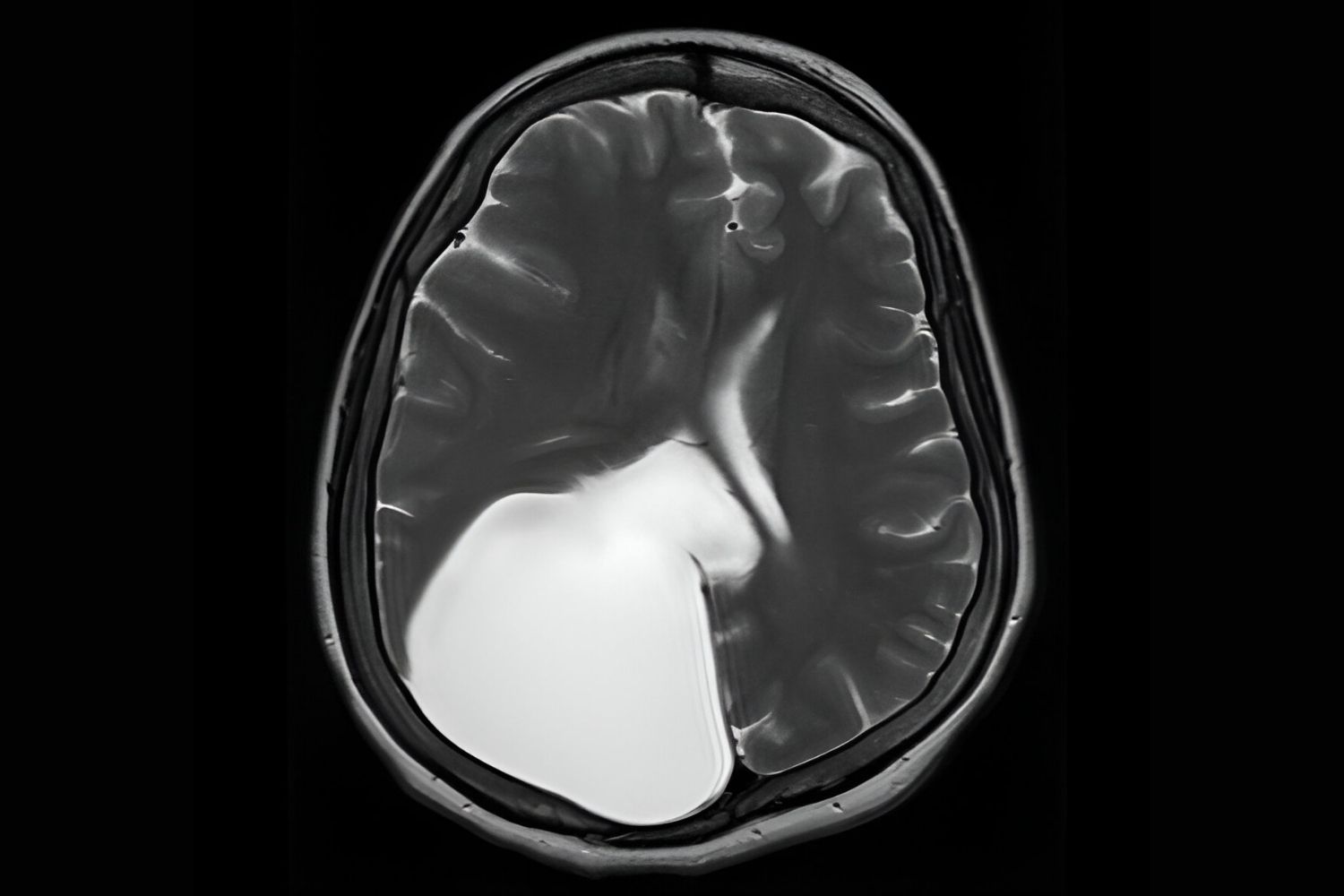
Familial Porencephaly is a rare brain disorder that can affect infants and young children. This condition involves the development of cysts or cavities within the brain, which can lead to various neurological issues. Symptoms often include seizures, developmental delays, and muscle weakness. Causes are usually genetic, passed down through families, making early diagnosis crucial. Treatment options focus on managing symptoms, as there is no cure. Understanding this condition can help families prepare and seek appropriate medical care. Let's dive into 25 facts that will shed light on this complex and challenging disorder.
Key Takeaways:
- Familial Porencephaly is a rare brain disorder with cysts causing symptoms like seizures and muscle weakness. Early diagnosis and supportive therapies can improve quality of life for those affected.
- Research into genetic mutations and stem cell therapy offers hope for better treatments and outcomes for individuals with Familial Porencephaly. Global collaboration and early intervention are crucial for progress.
What is Familial Porencephaly?
Familial Porencephaly is a rare neurological disorder characterized by cysts or cavities within the brain. These cavities can lead to various neurological issues. Understanding this condition can help in managing and supporting those affected.
-
Porencephaly is Rare: This condition is extremely uncommon, affecting only a small number of individuals worldwide.
-
Genetic Link: Familial Porencephaly is often inherited, meaning it can run in families due to genetic mutations.
-
Brain Cavities: The disorder is marked by the presence of cysts or cavities in the brain, which can vary in size and location.
-
Symptoms Vary: Symptoms can range from mild to severe, including developmental delays, seizures, and muscle weakness.
-
Early Onset: Symptoms typically appear in infancy or early childhood, though they can sometimes be detected before birth through imaging.
Causes and Diagnosis
Understanding the causes and how Familial Porencephaly is diagnosed can provide insight into this complex condition.
-
Genetic Mutations: Mutations in certain genes, such as COL4A1 and COL4A2, are often responsible for Familial Porencephaly.
-
Prenatal Factors: In some cases, prenatal factors like infections or trauma can contribute to the development of brain cavities.
-
Imaging Techniques: Diagnosis often involves imaging techniques like MRI or CT scans to detect brain cysts.
-
Genetic Testing: Genetic testing can confirm the presence of mutations associated with Familial Porencephaly.
-
Family History: A detailed family history can help in diagnosing the condition, especially if multiple family members are affected.
Treatment and Management
While there is no cure for Familial Porencephaly, various treatments and management strategies can improve quality of life.
-
Symptom Management: Treatment focuses on managing symptoms, such as using medications to control seizures.
-
Physical Therapy: Physical therapy can help improve muscle strength and coordination.
-
Occupational Therapy: Occupational therapy assists in developing daily living skills and independence.
-
Speech Therapy: Speech therapy can address communication difficulties that may arise.
-
Regular Monitoring: Regular medical check-ups are essential to monitor the progression of the condition and adjust treatments as needed.
Living with Familial Porencephaly
Living with Familial Porencephaly presents unique challenges, but with the right support, individuals can lead fulfilling lives.
-
Support Networks: Support from family, friends, and support groups can provide emotional and practical assistance.
-
Educational Support: Special education services can help children with developmental delays reach their full potential.
-
Adaptive Equipment: Devices like wheelchairs or communication aids can enhance mobility and communication.
-
Mental Health: Mental health support is crucial for both individuals with the condition and their caregivers.
-
Advocacy: Advocacy for awareness and research can lead to better understanding and treatment options.
Research and Future Directions
Ongoing research is essential to uncover more about Familial Porencephaly and improve outcomes for those affected.
-
Genetic Research: Scientists are studying the genetic mutations involved to develop targeted therapies.
-
Stem Cell Therapy: Research into stem cell therapy holds promise for repairing brain damage caused by the condition.
-
Clinical Trials: Participation in clinical trials can provide access to new treatments and contribute to scientific knowledge.
-
Early Intervention: Research emphasizes the importance of early intervention to improve long-term outcomes.
-
Global Collaboration: Collaboration among researchers worldwide is key to advancing understanding and treatment of Familial Porencephaly.
Understanding Familial Porencephaly
Familial Porencephaly is a rare genetic disorder that affects brain development. It can lead to various neurological issues, including seizures, developmental delays, and motor skill problems. Knowing the symptoms and causes helps in early diagnosis and better management. Genetic counseling is crucial for families with a history of this condition.
Treatment options focus on managing symptoms, as there's no cure yet. Physical therapy, medications, and sometimes surgery can improve quality of life. Research continues to explore new therapies and potential cures.
Raising awareness about Familial Porencephaly can lead to better support and resources for affected families. If you or someone you know is dealing with this condition, seeking medical advice and connecting with support groups can make a significant difference. Understanding and compassion go a long way in helping those affected navigate their challenges.
Frequently Asked Questions
Was this page helpful?
Our commitment to delivering trustworthy and engaging content is at the heart of what we do. Each fact on our site is contributed by real users like you, bringing a wealth of diverse insights and information. To ensure the highest standards of accuracy and reliability, our dedicated editors meticulously review each submission. This process guarantees that the facts we share are not only fascinating but also credible. Trust in our commitment to quality and authenticity as you explore and learn with us.
